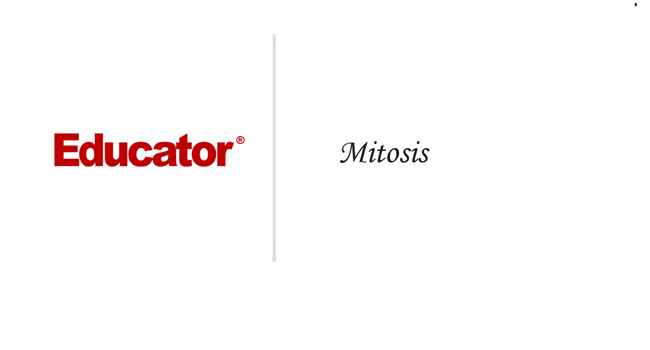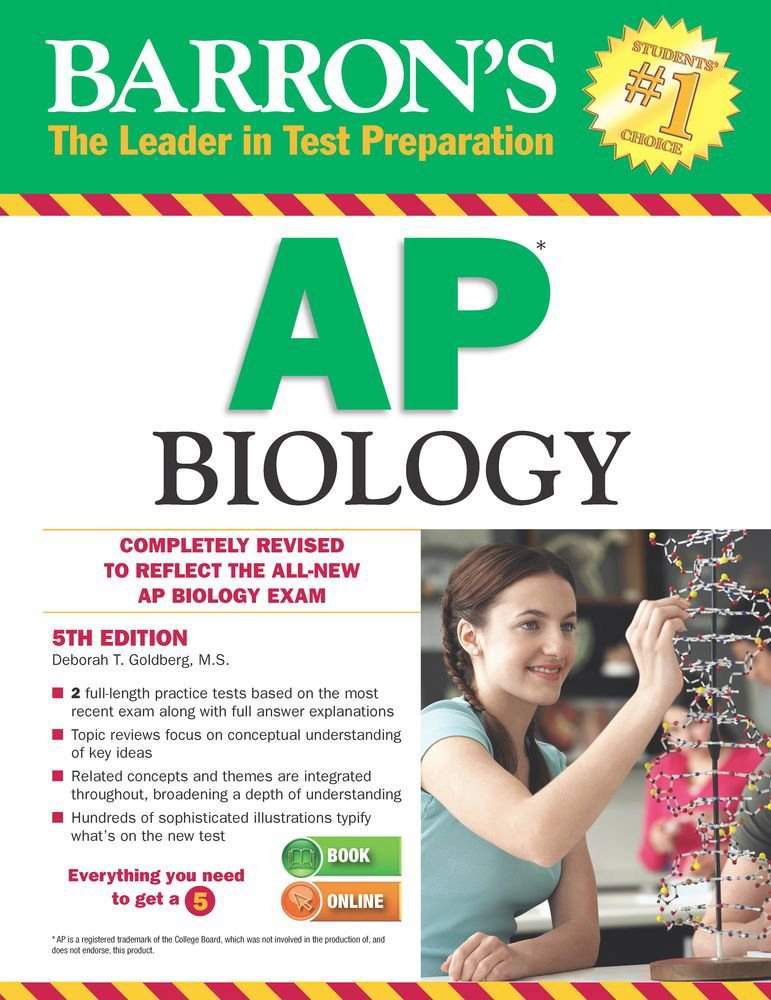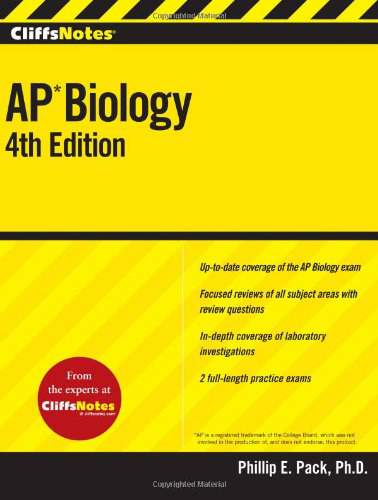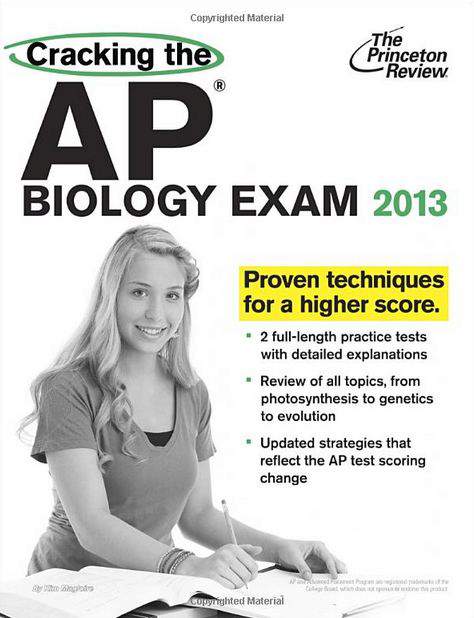Connecting...

For more information, please see full course syllabus of AP Biology
AP Biology Mitosis
Mitosis comes after the interphase portion of the cell cycle (G1, S, and G2 phases), where growth and replication of cell structures and genetic material take place. The M phase includes both mitosis (where the replicated chromosomes separate into two sets) and cytokinesis (where the actual division takes place). In the G1 phase, chromosomes have only a single chromatid. During the S phase, the chromatid is duplicated, so the chromosome will have two sister chromatids. The spindle apparatus separates the chromosomes and consists of centrosomes, microtubules, and asters. Spindle fibers or microtubules are organized at the centrosome, a type of microtubule organizing center, and connect to the chromosome at the kinetochore. The phases of mitosis include prophase, metaphase, anaphase, and telophase, which each serve specific functions.
Share this knowledge with your friends!
Copy & Paste this embed code into your website’s HTML
Please ensure that your website editor is in text mode when you paste the code.(In Wordpress, the mode button is on the top right corner.)
- - Allow users to view the embedded video in full-size.










































 Answer Engine
Answer Engine





0 answers
Post by Chrystal Wang on October 14, 2019
What's the indent on the bottom left of the cell? Is it just a microvillus?
0 answers
Post by Anthony Villarama on November 13, 2018
My golly. You are so good. You are so excellent in this topic. Thank you.
0 answers
Post by Tim Zhang on November 21, 2014
Great Lecture, very helpful. Thank you
1 answer
Tue Jun 17, 2014 7:59 PM
Post by Saadman Elman on June 1, 2014
That was a great clarification! Thanks!!
2 answers
Last reply by: James Rodriguez-Hughes
Mon Jul 14, 2014 12:59 PM
Post by Fletcher Paddison on February 18, 2014
so after S phase, every somatic cell actually has 92 chromosomes. Is that correct to say?
0 answers
Post by sushma penmetsa on May 11, 2013
You are so amazing!!!
1 answer
Thu Apr 18, 2013 12:29 PM
Post by Shaurntae Thomas on April 16, 2013
This is the best lecture I have heard on this topic/subject. You did an awesome job Dr. Eaton!
1 answer
Mon Nov 26, 2012 11:52 PM
Post by Parosh Shadrack on November 20, 2012
Dr. Eaton, during example one you state that the spindle fibers attach to the centrosome in the middle of the chromosomes. Is that true? I thought it was the kinetochores.
1 answer
Tue Aug 7, 2012 12:21 AM
Post by John Moore on July 24, 2012
Please confirm a confusion on my part at the 30:00 mark. You are stating the centrosomes are in the middle holding kinetochores. Is this a mis speak or am I just not understanding?
0 answers
Post by Vagisha Joshi on June 8, 2012
thank You very much Dr. Carleen...I love the way you teach...
0 answers
Post by helmi ahmed on May 16, 2012
Very helpful i understand better than when my professor teaches this topic!
1 answer
Mon Dec 12, 2011 3:24 PM
Post by Susan McConnell on December 12, 2011
These lectures are amazing, they make everything so clear and easy to understand!
Thank you so much!
1 answer
Sun Apr 10, 2011 11:05 PM
Post by Billy Jay on April 9, 2011
Of all the lectures I've listening to in the past, this is by far one of the clearest and most helpful explanations I've seen. You did a fantastic job in making a complicated topic really understandable.
One problem I use to have with this topic was making the distinction between a chromosome in it's unduplicated form (1 chromatid) and it's duplicated form (2 sister chromatids), and throughout the lecture you made several distinctions to differentiate between the two. Awesome job. :)